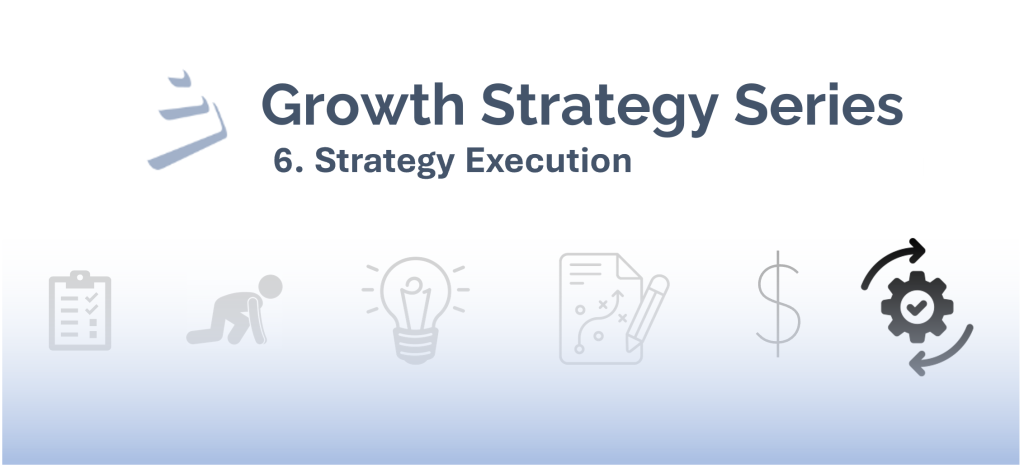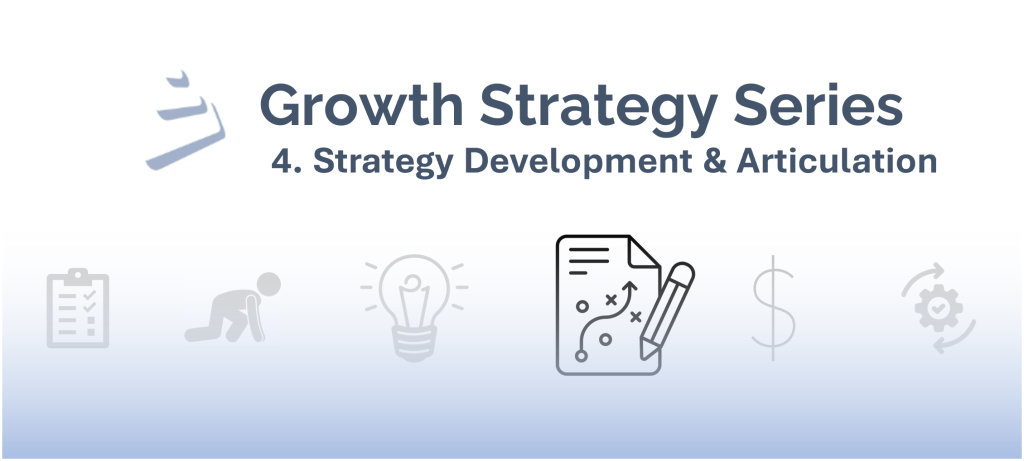As technology unlocks the ability to enable consumers to access many real-world services in the digital realm, companies are clamoring to become the new “Uber for X” – to deliver services to consumers demanding instant gratification. Venture capital investment in these start-ups has increased from $0.2B in 2009 to $2B in 2013, while on-demand economy investments accounted for 4.6% of VC dollars in 2013, signaling an absolute and relative increase in financing of the on-demand economy. This emphasis signals potential disruptions across virtually any business sector. It also serves as a call to action for business leaders to prepare for both impending changes and innovation in Volatile, Uncertain, Complex, and Ambiguous (VUCA), (a term borrowed from the military) environments.
A brief trip back to the dot-com era is important for context, because this is not the first foray into on-demand services. Many companies attempted, in the fledgling era of e-commerce, to create platforms that would deliver products and services to consumers. A good example is Webvan, a company that operated between 1996 and 2001 with product delivery within 30 minutes of request. The service was in 10 US markets at its peak, however more money went out the door than came in, due largely to infrastructure investments. Without the smart phone and GPS capabilities we have today, along with near-complete internet penetration, these early ventures had no choice but to build their business models on infrastructure, fleets, and human capital, which effectively acted as fixed costs and kept them from operating profitably
Today, with the digital capabilities now available, companies like Uber are able to build their business models using other peoples’ money AND other peoples’ assets. Uber accesses a veritable army of vehicles (bikes, cars, mopeds) and contract workers equipped with smartphones to render services and deliver products in increasingly quicker periods of time. Contract work is not an innovation, but the ability for companies to hire and deploy those workers efficiently, is happening as a result of technology, both on the employer and employee side. Companies are aided by sophisticated algorithms that optimize the use of these assets. With minimal overhead cost, firms are able to efficiently close the gap between consumer and desired product. In some ways, we are at a pivotal time in which the confluence of these factors is enabling all this to happen.
Some skeptics say that the on-demand economy is being supported by high income hubs like San Francisco, Silicon Valley, and New York, and are therefore not scalable. This view neglects the well-documented mega trend that the world is becoming increasingly urbanized. In 1975, 37% of the world’s population was urbanized, with only 3 cities having a population of over 10M people. By 2009, those figures had risen to 50% and 20 cities, and by 2025, it is estimated that 57% of the world will be urbanized and 29 cities will have over 10M people. The need to deliver goods and services in short order will continue to grow, and be increasingly feasible, as consumers are more concentrated than ever and millennials, better acquainted with technology, look to find products and services in the digital realm. For now, higher income areas may be the target, but eventually, as scale drives cost down and people move closer together, the on-demand economy will become more viable.
Where does this leave our clients, in industries ranging from healthcare to consumer packaged goods and from construction to the energy sector? They have to expect disruption coming from the “Uber of Construction” and the “Uber for Healthcare Services,” requiring their constant vigilance to avoid becoming irrelevant. They also have significant opportunity. Most incumbent companies have the advantages of established infrastructure, great people, and connections within their industry. There is opportunity to leverage those assets and close the gap between provider and consumer before consumers determine they need it closed.
The imperative here is for company leaders to look at their respective industries and reflect on the areas of leverage or competitive weaknesses that an upstart might attempt to expose. For example, are there inefficiencies or pain points that an upstart might exploit? Is some consumer need going unaddressed? Just like Amazon is doing with its exploration of drone delivery, company leaders need to identify theses consumer pain points, explore how they fit holistically into their businesses, and find where their companies can improve.
In the construction sector, for example, companies often face situations during projects where machinery or manpower is idle. There is cost to this downtime – an externality that can potentially be eliminated or mitigated by leveraging new technology and planning resources, via the on-demand economy. Is there an opportunity to coordinate project management software and construction equipment deployment? An on-demand service that provides construction equipment at the most critical times– and in line with project milestones – could lead to improved efficiency and reduced capital expenditure. Moreover, a construction company leader could collaborate with existing on-demand economy leaders in the tech space and other successful on-demand industries to build this capability by leveraging its existing network of construction machinery manufacturers.
In healthcare services, wait times can be a source of major dissatisfaction, despite efforts by medical centers to improve the patient experience. According to Harris Interactive, 63% of patients believe the amount of time spent in a waiting room is ‘very’ or ‘extremely’ important. Perhaps medical centers can reduce patient wait times by improving on-call response time or having flex capacity available to deliver care. Medical centers have unused room capacity to provide flex space. If a medical center could work with other hospitals, nearby physician networks, and associations of medical professionals, it could potentially develop a network of qualified medical professionals to be sourced on-demand.
With a growing shift to contracted labor and asset usage, organizations have the ability to use the new on-demand economy to their advantage – for growth and to be leaders of innovation. Every industry is ripe for change and looking internally and across well-established networks can provide the seeds of, and impetus for, change. The imperative for company leaders in this VUCA environment is to not wait to be disrupted by the next “Uber for X,” but rather to deliver the benefits consumers demand and become known as the company that became a leader in the on-demand economy.


